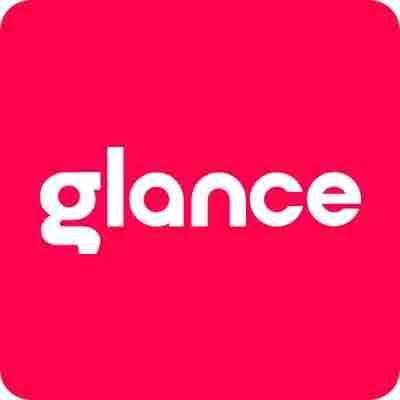Planning Your Trip
When planning your visit to the Copenhagen Coast, several factors influence your experience. Deciding when to go is crucial for maximizing enjoyment. The
weather in Denmark plays a significant role, with the summer months of June, July, and August offering the warmest temperatures and most daylight hours, perfect for outdoor activities. However, these months are also peak season, resulting in higher prices and more crowds. Spring (April-May) and autumn (September-October) provide milder weather and fewer tourists, making them excellent alternatives. Consider how much time you want to spend. A long weekend (3-4 days) allows you to experience many highlights, while a week provides a more relaxed pace, enabling deeper exploration of various locations along the coast and beyond. Determining your budget is important; it helps to estimate the costs of accommodation, food, transportation, and activities. Finally, consider whether it’s easy to get around the Copenhagen Coast.
Exploring the Coast
The Copenhagen Coast offers diverse activities that will enthrall every visitor. The Louisiana Museum of Modern Art, one of the world’s leading modern art museums, is a must-visit. It boasts stunning architecture, beautiful gardens, and a remarkable collection of modern and contemporary art. For those interested in local experiences, exploring Dyrehaven, a beloved local park known for its ancient trees and deer population, is a must. Wander along the Karen Blixen Route, a picturesque trail honoring the author. This route offers insight into Danish history and culture while allowing you to experience the area's natural beauty. Combine these experiences with time spent enjoying the coastal ambiance. Enjoy long walks, and explore the unique blend of nature, culture, and relaxation that defines this incredible coastal destination.
Getting Around Easily
Navigating the Copenhagen Coast is relatively straightforward. The region has a well-developed public transportation system, including trains, buses, and ferries, making it simple to move between different attractions and towns. Trains are a particularly convenient way to reach many coastal locations from Copenhagen. Buses offer access to more remote areas. Consider purchasing a Copenhagen Card. This card provides free access to public transport, as well as entry to many museums and attractions, which can significantly reduce costs. Alternatively, consider cycling, as Denmark is a very bicycle-friendly country. There are many bike rental shops, and cycling paths are well-maintained throughout the region. Finally, you can also use taxis or ride-sharing services; however, these are generally more expensive than public transport.
Budgeting for the Coast
Estimating the cost of your Copenhagen Coast trip is crucial for proper planning. Denmark can be a relatively expensive country. Accommodation costs vary significantly based on your choice of lodging. Hostels and budget hotels are more affordable. Mid-range hotels and vacation rentals provide more comfort at a higher price. Eating out can also impact your budget. Restaurant meals range from budget-friendly cafes to high-end dining. Consider purchasing groceries and preparing some of your meals to save money. Transportation expenses should also be considered. Utilizing public transport, like the metro and bus, helps manage your costs, while the Copenhagen Card offers an all-inclusive option. Allocate funds for activities and attractions, such as museums and guided tours. Set aside a budget for souvenirs, shopping, and other miscellaneous expenses to ensure a pleasant and stress-free experience.









